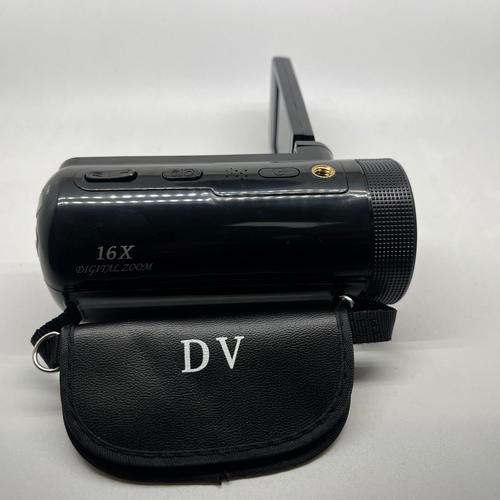
Understanding DVT Prophylaxis Post Op
DVT, or Deep Vein Thrombosis, is a condition that can occur after surgery, where blood clots form in the deep veins of the body, usually in the legs. These clots can be dangerous if they travel to the lungs, causing a pulmonary embolism. To prevent this, DVT prophylaxis post op is crucial. Let’s delve into the details of this important topic.
What is DVT Prophylaxis Post Op?
DVT prophylaxis post op refers to the measures taken to prevent the formation of blood clots in the veins after surgery. These measures are essential for patients who are at a higher risk of developing DVT due to factors such as age, obesity, smoking, and certain medical conditions.
Methods of DVT Prophylaxis Post Op
 There are several methods of DVT prophylaxis post op, each with its own advantages and disadvantages. Here are some of the most common:
There are several methods of DVT prophylaxis post op, each with its own advantages and disadvantages. Here are some of the most common:
-
Anticoagulant Medications
-
Compression Stockings
-
Physical Activity
-
Foot Pumps
Anticoagulant medications, such as heparin and warfarin, are commonly used to prevent DVT. These drugs work by reducing the blood’s ability to clot. However, they can have side effects, such as bleeding and increased bruising.
Compression stockings are tight-fitting stockings that help to improve blood flow in the legs. They are often used in conjunction with other DVT prophylaxis methods and can be particularly beneficial for patients who are unable to take anticoagulant medications.

Encouraging patients to move and walk as soon as possible after surgery can help prevent DVT. This is because physical activity increases blood flow and reduces the risk of blood clots forming.
Foot pumps are devices that inflate and deflate to help improve blood flow in the legs. They are often used in patients who are unable to walk or move around after surgery.
Table: Comparison of DVT Prophylaxis Methods
| Method | Effectiveness | Side Effects | Cost |
|---|---|---|---|
| Anticoagulant Medications | High | Bleeding, bruising | Varies |
| Compression Stockings | Medium to High | None | Low to Medium |
| Physical Activity | Medium | None | None |
| Foot Pumps | Medium | None | Medium |
Choosing the Right DVT Prophylaxis Post Op Method
The choice of DVT prophylaxis post op method depends on various factors, including the patient’s risk factors, medical history, and preferences. It is essential to consult with a healthcare professional to determine the most appropriate method for each individual.
Monitoring and Follow-Up
Monitoring patients for signs of DVT is crucial to ensure that the prophylaxis methods are effective. This may include regular blood tests to check for blood clotting levels and physical examinations to assess the patient’s leg swelling and pain.
Conclusion
DVT prophylaxis post op is a vital aspect of patient care after surgery. By understanding the various methods available and their potential benefits and drawbacks, healthcare professionals can make informed decisions to prevent DVT and its potentially life-threatening complications.






